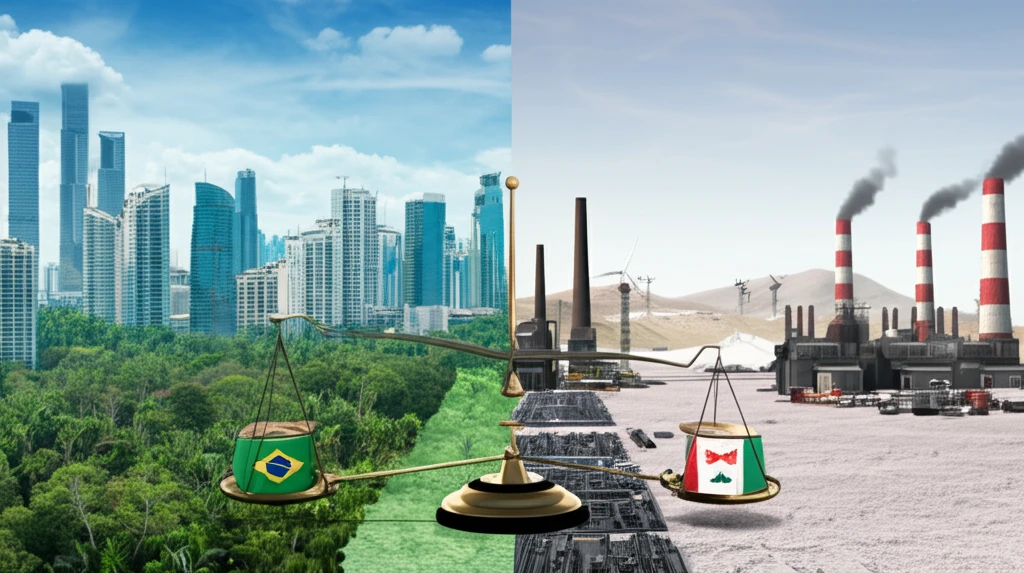
Free Trade Zones: A Tale of Two Cities and Their Economic Fortunes
"Manaus vs. Tierra del Fuego: Unveiling the Secrets of Successful Regional Development"
In the world of economics, free trade zones (FTZs) are often hailed as engines of growth, designed to attract investment, spur industrialization, and create jobs. But what happens when two FTZs, established with similar objectives, follow drastically different paths? This is the intriguing case of the Manaus Free Trade Zone (ZFM) in Brazil and the Special Customs Area of Tierra del Fuego (TDF) in Argentina.
Established in the context of import substitution strategies that swept across Latin America in the 1960s and 70s, both Manaus and Tierra del Fuego aimed to boost regional development by offering tax incentives and attracting industries. However, as decades passed, their trajectories diverged significantly. Manaus emerged as a relatively successful industrial hub with strong ties to the Brazilian economy, while Tierra del Fuego faced challenges in diversifying its economy and integrating with Argentina's national production network.
This article delves into the comparative analysis of these two FTZs, exploring the key factors that shaped their divergent economic fortunes. By examining their regulatory frameworks, economic performance, and integration strategies, we aim to uncover valuable lessons for policymakers and regional development practitioners seeking to harness the potential of FTZs.
The Divergent Paths: Manaus Thrives, Tierra del Fuego Struggles

The Manaus Free Trade Zone, nestled in the heart of the Amazon rainforest, and the Area Aduanera Especial de Tierra del Fuego, at the southern tip of South America, offer a fascinating study in contrast. Both were conceived with similar ambitions: to populate remote regions, promote strategic industries, and substitute imports. Yet, their economic realities today paint a different picture. What accounts for this divergence?
- Regulation Matters: Differences in the regulatory frameworks governing the zones played a significant role. Manaus, with its stricter requirements for accessing tax benefits, incentivized local value addition and integration.
- Strategic Focus: Manaus successfully diversified its industrial base, attracting investments in electronics, informatics, and other sectors. Tierra del Fuego, on the other hand, remained heavily reliant on electronics assembly.
- Investment Climate: Manaus benefited from a more stable and consistent investment climate, fostering long-term growth. Tierra del Fuego experienced greater volatility in investment flows, hindering its development.
The Complexities of Development: Balancing Local Needs and Strategic Goals
The contrasting experiences of Manaus and Tierra del Fuego highlight the complexities of regional development and the challenges of simultaneously pursuing local development objectives and strategic sector promotion. While FTZs can be powerful tools for attracting investment and creating jobs, their success hinges on careful planning, effective regulation, and a commitment to fostering strong linkages with the broader economy. Striking the right balance between local needs and national priorities is essential for ensuring that FTZs contribute to sustainable and inclusive growth.
